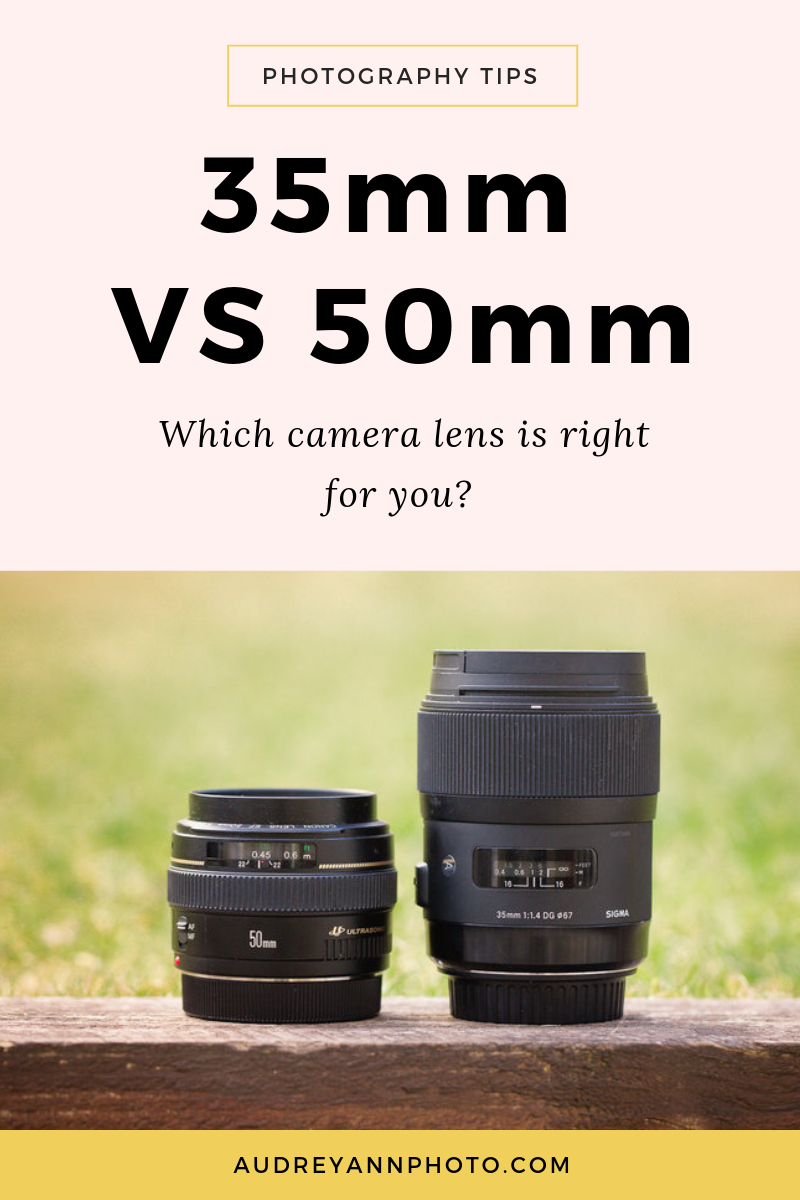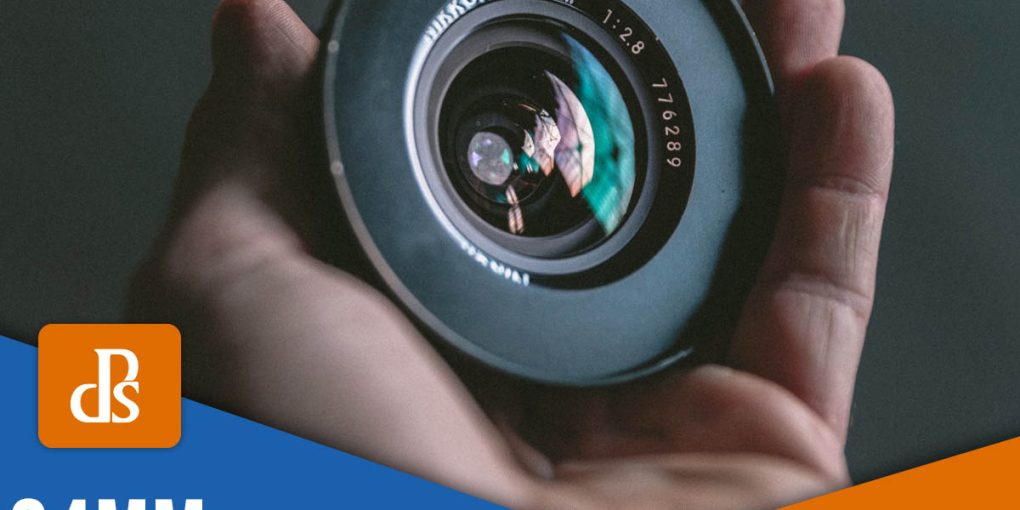Canon 50Mm Vs 24Mm: Which Lens Is Right?
The Canon 50mm and 24mm lenses are not comparable as they serve different purposes. The 50mm is a portrait lens, suitable for capturing sharp and detailed images of people, while the 24mm is a wide-angle lens that can capture a wider field of view and is ideal for landscapes, interior photography and street photography.
Both lenses have their pros and cons, and the choice depends on the type of photography you want to shoot. We’ll take a look at the differences between the Canon 50mm and 24mm lenses and help you decide which one is best for you.
We’ll examine their key features, including focal length, low-light performance, build quality, autofocus, photo quality, and distortion, among others. Additionally, we’ll also compare the Canon lenses with the Sigma Art DG DN lens for Sony E-mount cameras to see how they stack up against each other.
Table of Contents
- Aperture And Focal Length
- Minimum Focusing Distance
- Low Light Performance
- Autofocus
- Photo And Build Quality
- Versatility
- Which Lens Is Right For You
- Frequently Asked Questions Of Canon 50mm Vs 24mm
- Which Lens Is Better 24mm Or 50mm?
- Is 24mm Or 50mm Better For Street Photography?
- What Is 24mm Lens Best For?
- What Is The Purpose Of The Canon 24mm Lens?
- Conclusion
- CallofPhotography
Aperture And Focal Length
Aperture and Focal Length:
- The 50mm lens has a wider aperture size, typically f/1.8 or lower, allowing more light in and creating a shallow depth of field.
- The 24mm lens has a smaller aperture size, typically f/2.8 or higher, creating a wider depth of field and making more of the scene in focus.
- Focal length comparison:
- The 50mm lens offers a narrow angle of view and is great for portraits and low-light conditions.
- The 24mm lens offers a wider angle of view and is great for landscape and street photography.

Credit: www.youtube.com
Minimum Focusing Distance
The minimum focusing distance is a key feature to consider when choosing between the Canon 50mm and 24mm lenses. While the 50mm has a closer minimum focusing distance, the 24mm offers a wider angle of view for capturing landscapes or group shots.
Ultimately, the decision depends on the specific needs of the photographer.
| Comparison | Canon 50mm | Canon 24mm |
|---|---|---|
| Minimum Focusing Distance | 0.45m | 0.16m |
Low Light Performance
Canon’s 50mm lens is superior in low light performance compared to the 24mm lens. This is because of the wider aperture of the 50mm lens, which allows more light to enter the camera and results in better image quality in low light conditions.
| Canon 50mm | Canon 24mm |
|---|---|
| Better low light performance due to wider aperture | Lower aperture can result in poorer low light performance |
| Great for portrait and bokeh shots | Best for capturing wider angles |
| Heavier and larger in size | Compact and lightweight |
| Higher price point | More affordable option |
| Excellent for vlogging and product photography | Perfect for street and landscape photography |
| Compatible with both full-frame and crop sensor cameras | Only compatible with crop sensor cameras |

Credit: livesnaplove.com
Autofocus
Autofocus Comparison: In terms of autofocus performance, the Canon 50mm lens is faster and quieter compared to the 24mm lens. The 50mm also has a USM (Ultrasonic Motor) that provides a swift and smooth autofocus experience. On the other hand, the 24mm is not far behind and provides a decent autofocus experience. The STM (Stepping Motor) present in the 24mm lens maintains a quieter operation while focusing during video recording. So, if you are a videographer, the 24mm lens could be a better option. However, for photographers, the faster and smoother autofocus of the 50mm lens could be a significant advantage.
Photo And Build Quality
When comparing the image and build quality of the Canon 50mm lens and the 24mm lens, there are some noticeable differences. In terms of image quality, both lenses have their own unique strengths and weaknesses. The 50mm lens produces sharper, more detailed images while the 24mm lens has a wider angle of view. As for build quality, the 50mm lens is sturdier and heavier which makes it feel more durable, whereas the 24mm lens is lighter and more compact which makes it more portable.
Ultimately, the choice between these two lenses comes down to personal preference and intended use. The 50mm lens is ideal for portrait and close-up shots, while the 24mm lens is more suitable for landscape and street photography. It’s also important to consider factors such as autofocus, minimum focusing distance, and aperture when making your decision.
Versatility
Canon’s 50mm and 24mm lenses offer versatility for different types of photography. The 50mm is great for portraits and low light, while the 24mm is ideal for landscape and street photography. Both lenses offer their own unique features and it ultimately comes down to personal preference and intended use.
| Comparison of Versatile Features |
|---|
| The Canon 50mm lens is a great choice for portrait photography due to its wide aperture and shallow depth of field. It is also a popular choice for street photography, wedding photography, and even product photography. On the other hand, the Canon 24mm lens is a versatile option for landscape photography, architectural photography, and even vlogging. With its wider focal length, it can capture more of the scene, including more environmental details. Additionally, it has a shorter minimum focusing distance, making it ideal for close-up shots. |
Which Lens Is Right For You
Deciding between the Canon 50mm and 24mm lenses can be tough. While the 50mm is great for portraits and the 24mm is perfect for landscapes and street photography, it ultimately depends on your needs and preferences. Compare features like focal length, low light performance, build quality, versatility, and autofocus to find the right fit for you.
| Focal Length | The 50mm lens is ideal for portraits and product photography, while the 24mm lens is perfect for landscapes and interior shots. |
| Low Light Performance | The 50mm lens has a wider aperture, making it better for low light conditions. |
| Build Quality | The 50mm lens is more compact and lightweight, while the 24mm lens is more durable and weather-resistant. |
| Versatility | The 24mm lens offers more versatility in terms of capturing wider shots, while the 50mm lens is better for portrait shooting. |
| Autofocus | Both lenses have fast and accurate autofocus systems. |
| Photo Quality | Both lenses offer excellent photo quality, with minimal distortion and sharpness in the images. |
| Lens Distortions | The 24mm lens has more distortion than the 50mm lens, which can be corrected in editing. |
| Uses in Different Photography Settings | Use the 50mm lens for portraits, product photography, and shallow depth of field shots. Use the 24mm lens for landscapes, architecture, and interior shots. |
| Factors to Consider | Consider your intended use, budget, camera model, and shooting environment when choosing between the two lenses. |

Credit: m.youtube.com
Frequently Asked Questions Of Canon 50mm Vs 24mm
Which Lens Is Better 24mm Or 50mm?
Neither lens is inherently better than the other as their purposes and advantages differ. The 24mm focal length is ideal for capturing wide-angle shots and landscapes, while the 50mm lens is better suited for portrait photography and capturing a subject’s details.
Ultimately, the choice depends on the photographer’s intended use and shooting style.
Is 24mm Or 50mm Better For Street Photography?
Both 24mm and 50mm lenses are great for street photography, but it ultimately depends on your personal style and preference. A 24mm lens allows for wider shots and more dynamic images, while a 50mm lens produces images with a shallower depth of field and a more intimate feel.
Consider your shooting style and the type of shots you want to capture before choosing between the two.
What Is 24mm Lens Best For?
A 24mm lens is best for taking wide-angle shots, landscapes, and architectural photography as it can capture a larger view compared to other lenses. It can be used for indoor shots with limited space, and street photography as it enables the photographer to capture subjects without being too close.
What Is The Purpose Of The Canon 24mm Lens?
The Canon 24mm lens is used for wide-angle photography and is a popular choice among photographers who shoot landscapes, architecture, and interiors. Its compact size makes it versatile and perfect for travel photography. Its fast aperture also makes it suitable for low-light situations.
Conclusion
To sum up, choosing between the Canon 50mm and 24mm lenses ultimately depends on your photography needs and preferences. Both lenses have their strengths and weaknesses, as we’ve discussed. It’s important to consider factors like aperture, focal length, minimum focusing distance, and image stabilization to make the right choice.
Whether you’re into portrait photography, street photography, or product photography, there’s a lens that’s perfect for you. Happy shooting!
I am a photography enthusiast turned blogger, sharing my passion and expertise on her blog, "CallofPhotography." Growing up surrounded by nature, I developed a love for capturing moments through my lens. After studying Fine Arts with a focus on photography, I launched my blog to share tutorials, gear reviews, and my own photographic work. Through engaging storytelling, I invites readers to join her visual journey, inspiring and empowering photographers of all levels worldwide.


